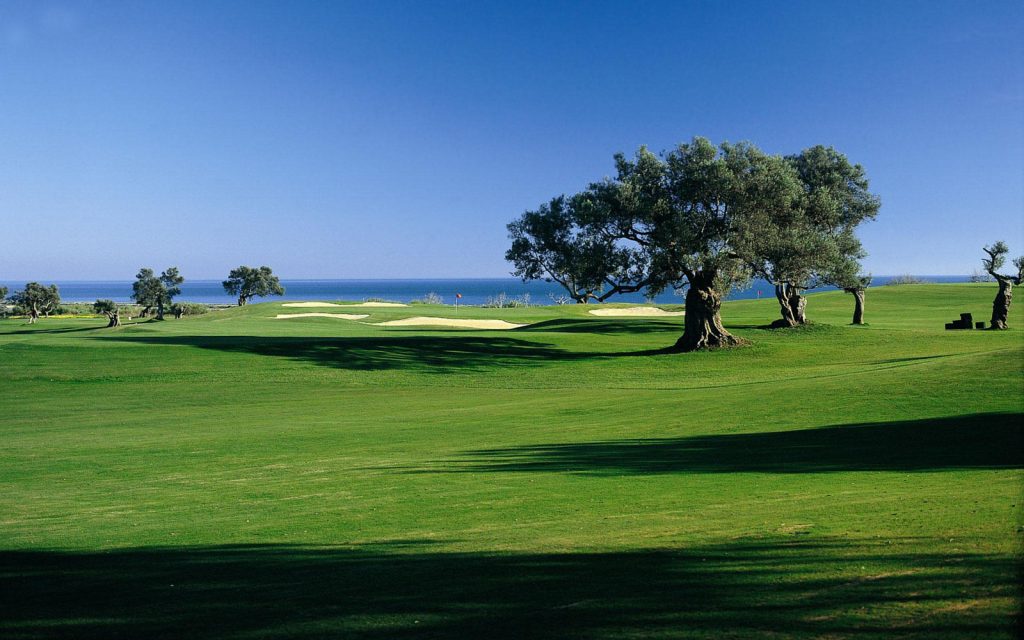Schist: A Cultural Staple in the Douro Valley and Beyond

Like most of northern Portugal, the geology of the Minho region is dominated by granite rocks. Rolling hills with massive round boulders cluster around peaks or are strewn about slopes and sandy river banks in the valleys. Every now and again, on my hikes through the forests or along the country lanes, I come across a ragged twist of dark orange schist called xisto. Xisto (schist) is a thinly layered rock, ranging in colors from the warmest ochre to the darkest gray, makes a striking change from the pale uniformity of the surrounding granite, a rock formed from the cooling of vast subterranean chambers of hot liquid magma.

Schist in the Minho
Dusting off my trusty (if somewhat dog-eared) geological text books, I wanted to remind myself about the origins of this colourful and unusual rock. Schist can be compared to sedimentary mudstone, shale or volcanic lava that has later been squeezed and contorted by immense heat and tectonic forces deep underground changing its structure into a finely layered or foliated rock. Sometimes, the original minerals of the rock are transformed into shiny platey silvery gold micas that give the flat faces of the schist their brilliant sheen. Geologists call this effect metamorphism (meaning change). If a low grade metamorphism has taken place, the rock becomes a dark platy slate; while in the case of schist, a very high grade of metamorphism has taken place where massive amounts of heat and pressure molded this rock into the mineral we love today! (photo by Julie Fox)
In my travels around the area, I’ve noticed how frequently schist is used in some of the local Portuguese architecture. The Minhota farm houses or quintas are often built with chunky granite blocks – all squares and rectangles giving clean but quite plain outlines to the buildings. But occasionally you’ll notice houses with schist thrown into the mix; walls stacked with thinly layered slabs; the irregular and crooked finish giving a warm rich texture against the silvery granite blocks supporting the corners and the lintels over the doorways and windows.

Schist in the Douro Valley
But what about the schist found in other parts of Portugal ? How has it shaped the natural landscape? Turning my attention to the south, I was intrigued by the descriptions of the schist landscape of the upper Douro gorge.
As I pulled into Pinhão, a small town nestled at the confluence of the Douro river and one of its tributaries in the heart of port wine country, I gazed up at the steep arid hillsides tracing the lines of terraces wrapped around the precarious slopes. I picked out the names of port companies stenciled in large black letters on the white washed walls of quintas (wineries) amongst the vines and olive groves and spotted small villages clinging to the necks of the valley. Seriously? What kind of super human could have shaped this landscape against the force of gravity!
These death-defying terraces were manually constructed over the centuries, each stone laboriously carried and carefully placed in their position. Picking up a lump of schist and breaking it apart on a flagstone, I could see how these small slabs split easily along the foliations and how their flat shape allows them to be stacked and interlocked to make dry stone walls. Behind the terrace walls, a thin soil slowly developed and when it was washed down in the rains it would be carried back up the slope – on someone’s back !
It seems that schist has long been synonymous with port wine production. Back in the 18th century the first Marquis of Pombal set out the granite markers around the upper Douro to show where grapes for port wines could be grown; basically the first demarcated area and pretty much following the boundary between the schist and the granite. So what is it about schist and port wine grapes?

Schist throughout Spain and Portugal
Pockets of schist and slate can be found in wine regions all over the world; the Priorat region of Spain is underlain by black slates while in France the gamay grape thrives on the dark schist of Morgon in Beaujolais region. It looks like the structure of these rocks allows the scarce rainwater to travel down the steep planes. The roots of the vines follow deep into the earth to get moisture and nutrients and at the same time gain a strong anchor for the vines above. The dark colour of the schist also absorbs the heat of the day and slowly releases the heat during the night adding to an ideal micro climate for growing port wine grapes. (photo by Ryan Opaz)
Further south, schist crops up in the Beiras and Alentejo and right down on to the Algarve. Take the famous schist villages (aldeias do xisto) of the Beiras region. It seems these villages were largely abandoned by the original inhabitants until recently when someone decided to renovate a house and then invited his friends to do the same. The idea snow balled and whole villages have been restored to life. There are now 27 schist villages in the area to the south east of Coimbra, a mountainous area with slopes clad in forests of pine, oak and chestnut.
Tight clusters of dark coloured two or three storey houses can be found on the steep slopes separated by narrow lanes paved in slabs of polished schist. Even some roofs are covered in dark slate in contrast to the terra cotta ceramic tiles found on many Portuguese roofs. It is not only private dwellings that are being carefully restored; inns, water mills, communal wash houses and corn threshing floors have also been rebuilt in the local schist.
Timber from the surrounding forests is also used and bannisters of gnarled wood can be seen on outside staircases or as supports to the roofs over balconies. Shorter wooden beams stretch across the top of windows and doors supporting the layers of schist above. Each area has its own masonry traditions and skilled craftsmen who understand the local schist and work with its unique fabric have helped to resurrect these villages.

Visiting Portugal
Meanwhile back in Minho, I spot new houses being built; still with great granite blocks, but now with ever more imaginative ways of adding a twist of schist, maybe through a chimney stack, a delicate panel set into an outside wall or even an elegant staircase sweeping up to the front doors. Whatever it is, it seems that schist is not only making a comeback, but it’s welcoming wine, nature and architectural lovers from around the world to come experience its grandeur. Why not book a trip for yourself!? (photo by Ryan Opaz)
Fiona Lynch






